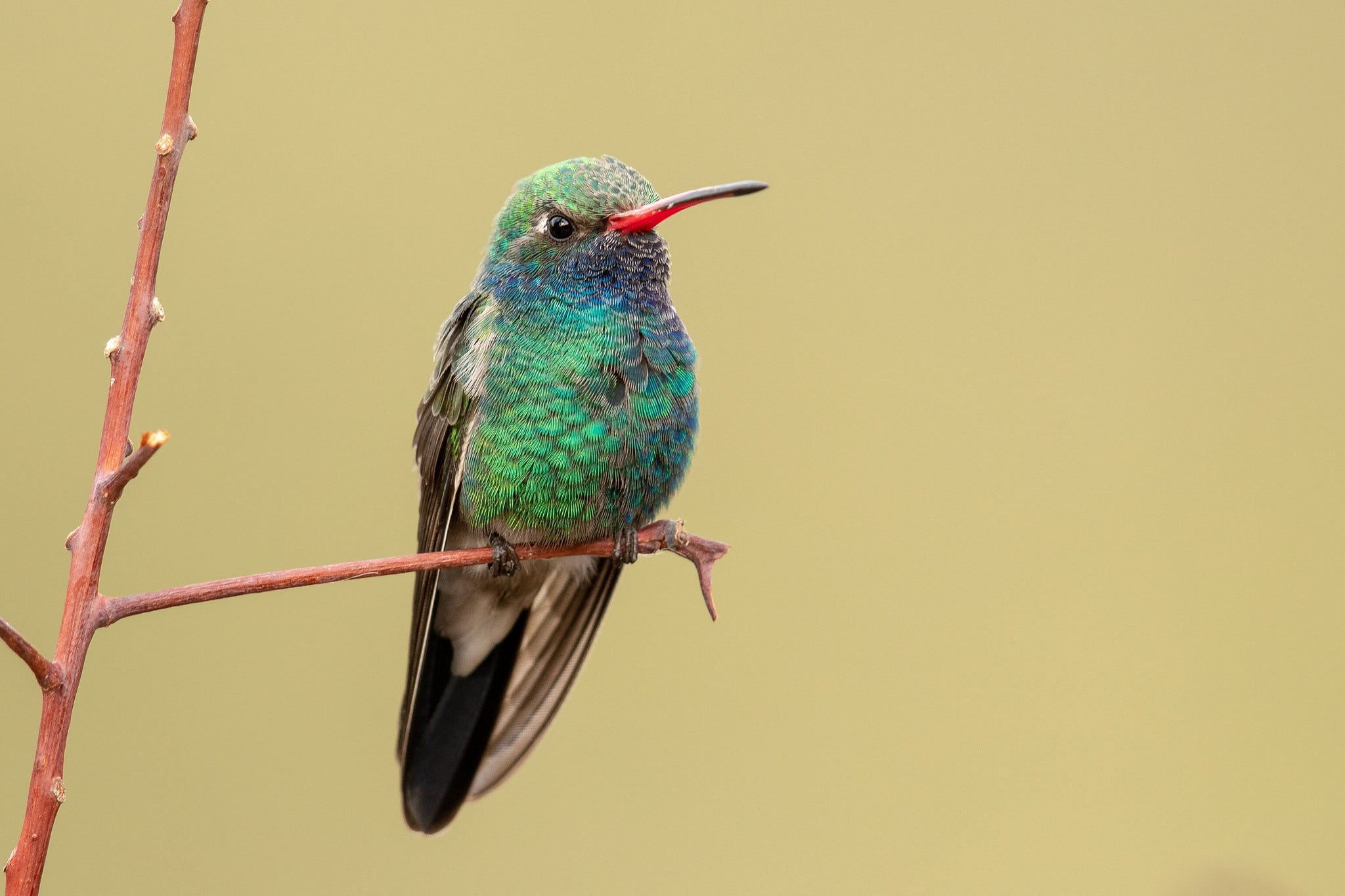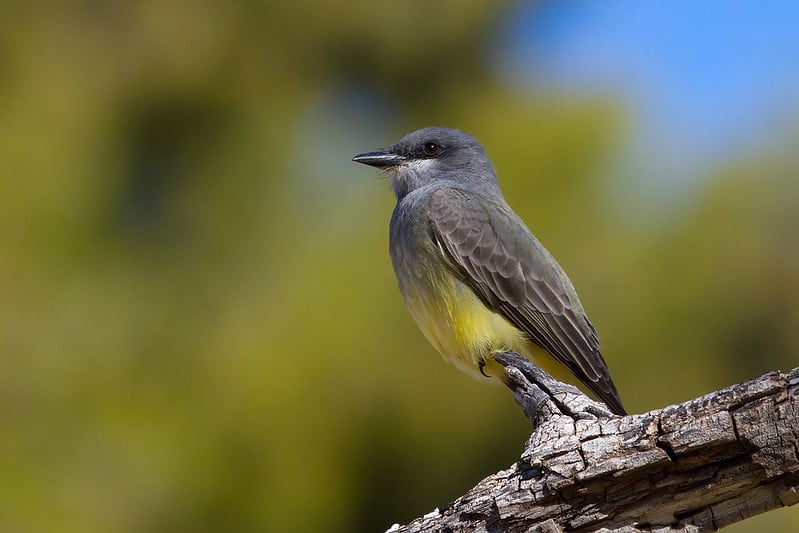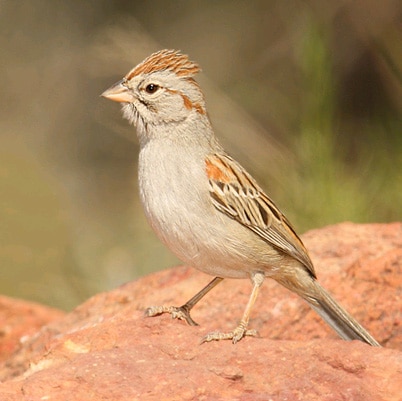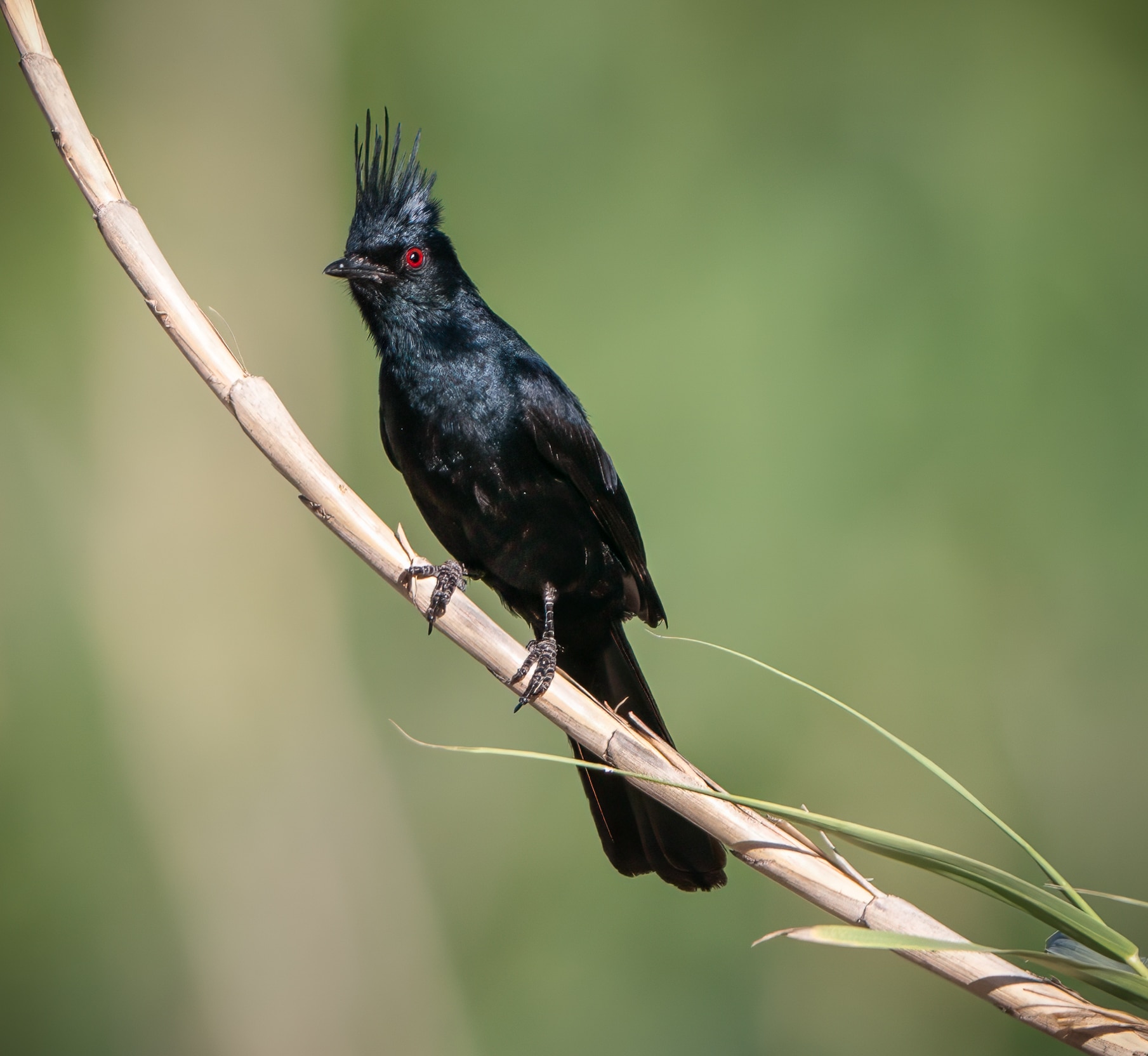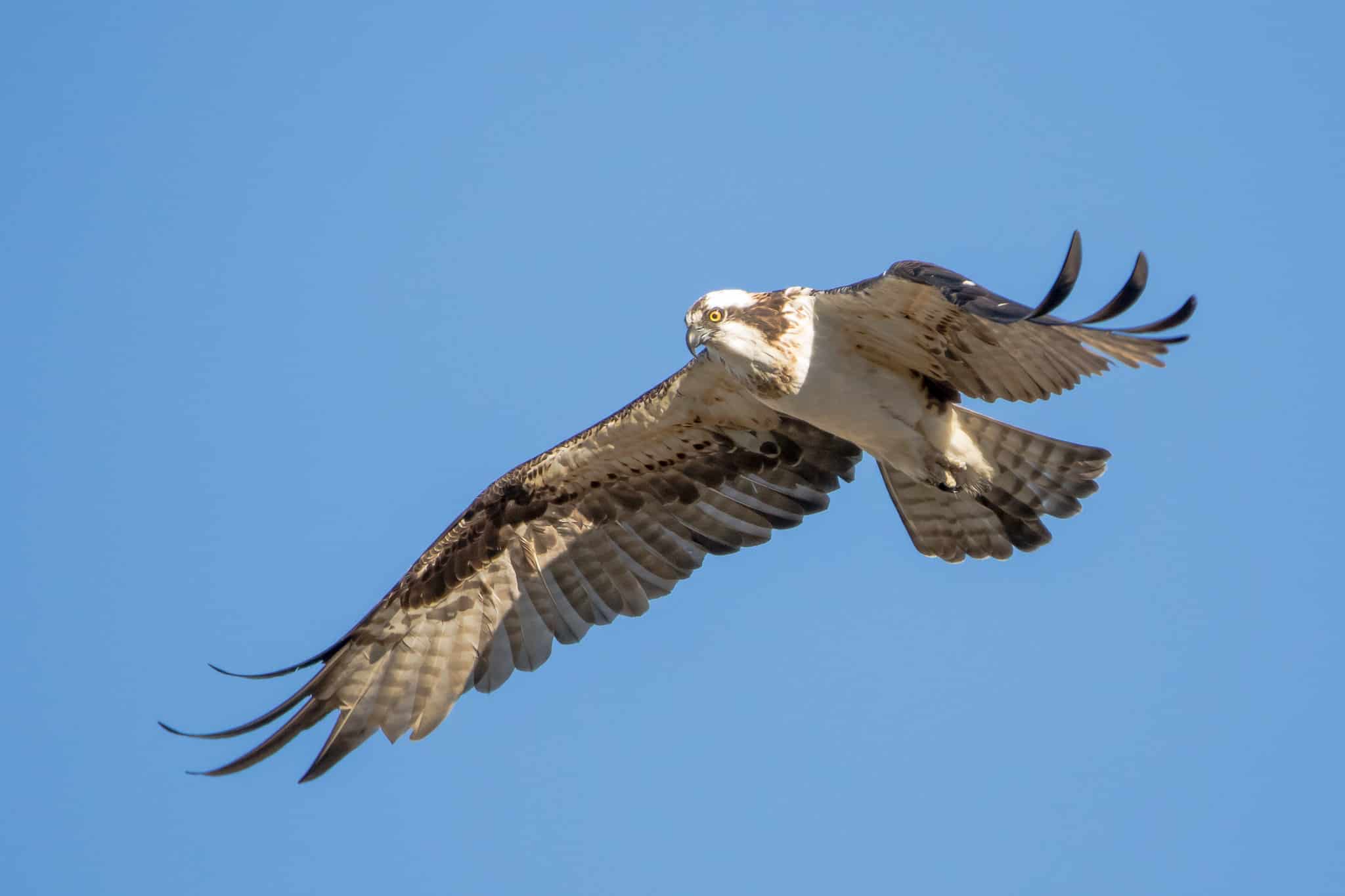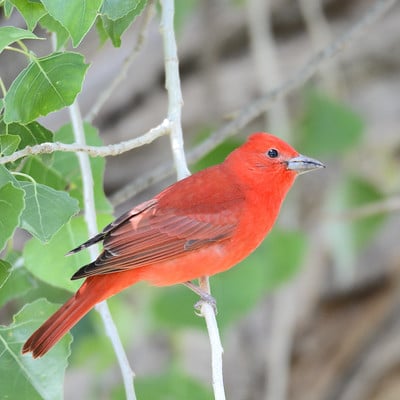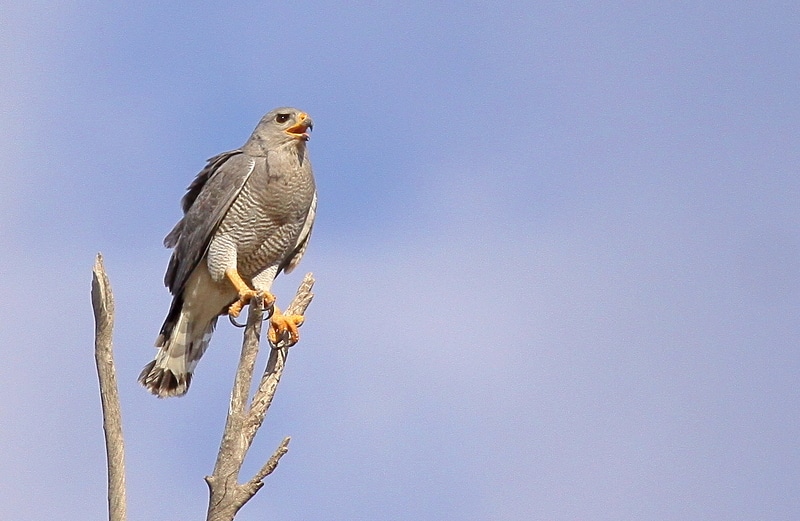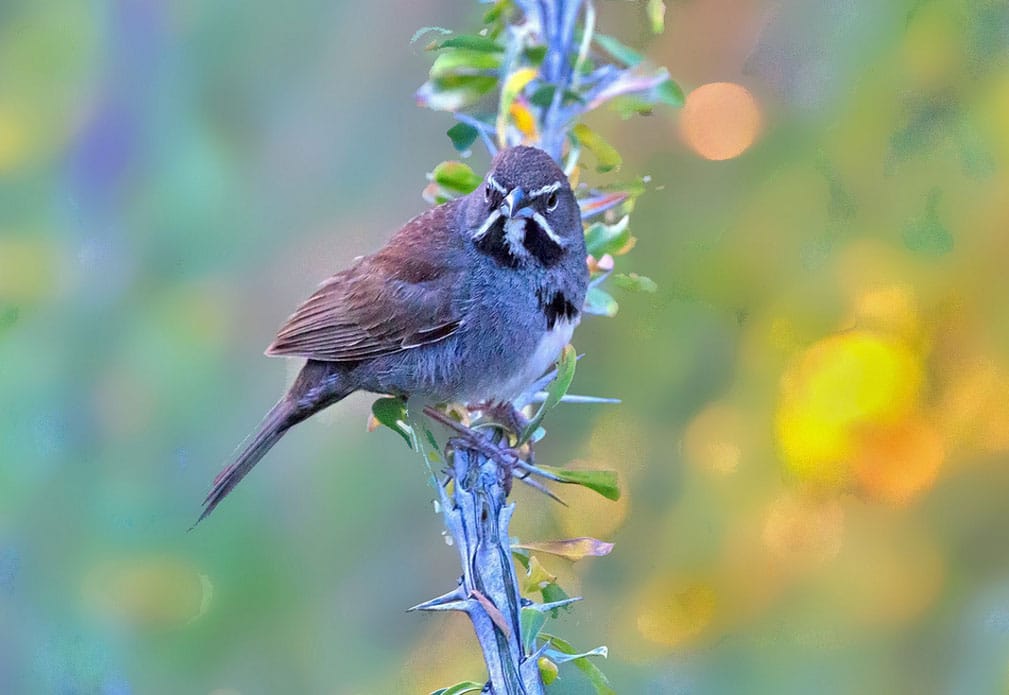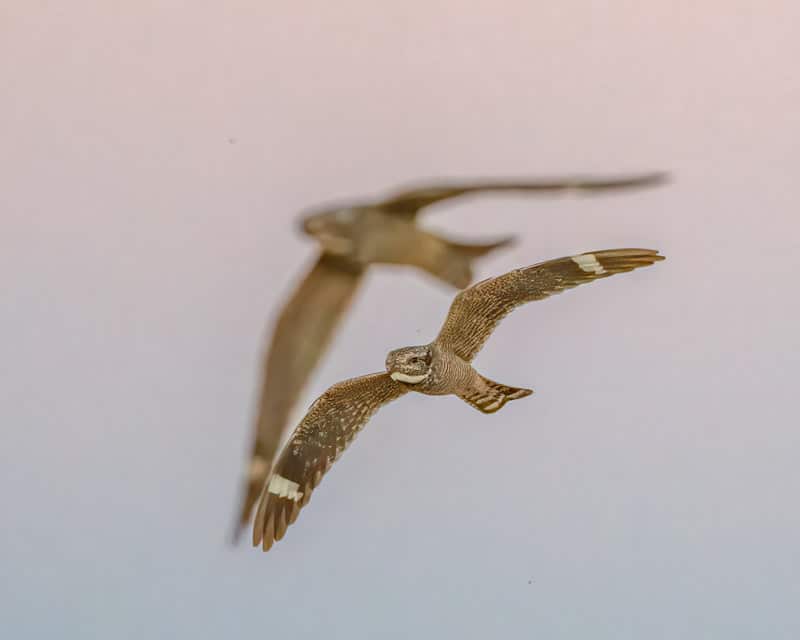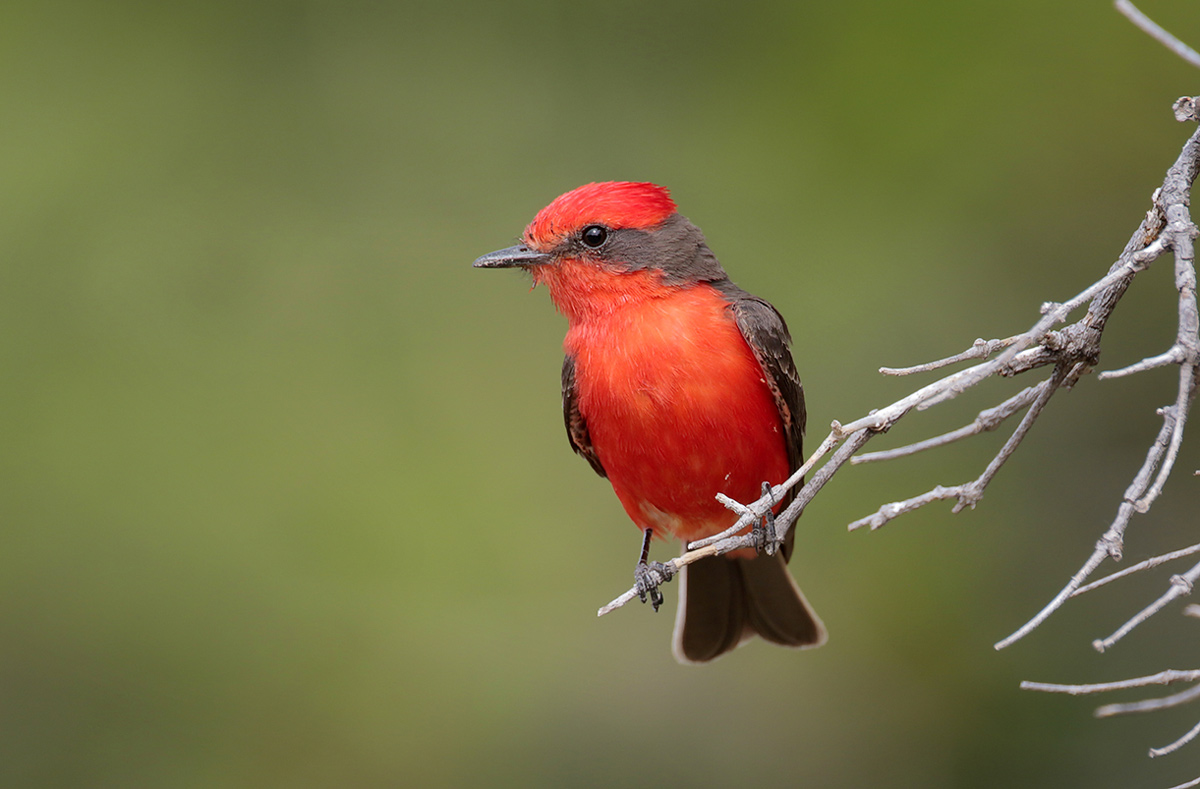Difficulty: Easy (easy walking around city park trails)
Less than 15 minutes from the festival venue, this is one of the best spots in Tucson to find Vermilion Flycatchers and the city park habitat (along with pond) offers a good variety of species. We’ll walk the grounds hoping to find Broad-billed Hummingbird, Ladder-backed Woodpecker, Cassin’s Kingbird, Lark Sparrows, and Lucy’s Warblers. Drive time to meeting location from festival venue is about 10 minutes, specific meeting instructions will be emailed beforehand. Limited to 10 participants.
Broad-billed Hummingbird by Mick Thompson

